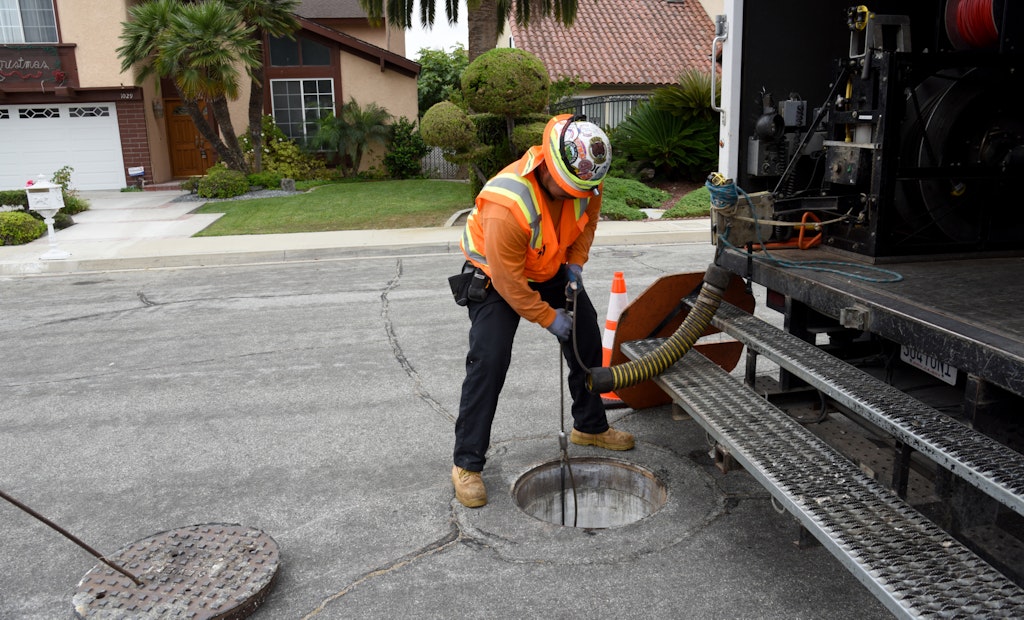The most common question pertaining to cross-bore inspection and remediation is always who is responsible. The answer: When it comes to keeping our communities safe, we all are.
Cross bores — when lines bore through sewer lines — have been the cause of catastrophic events in the...






